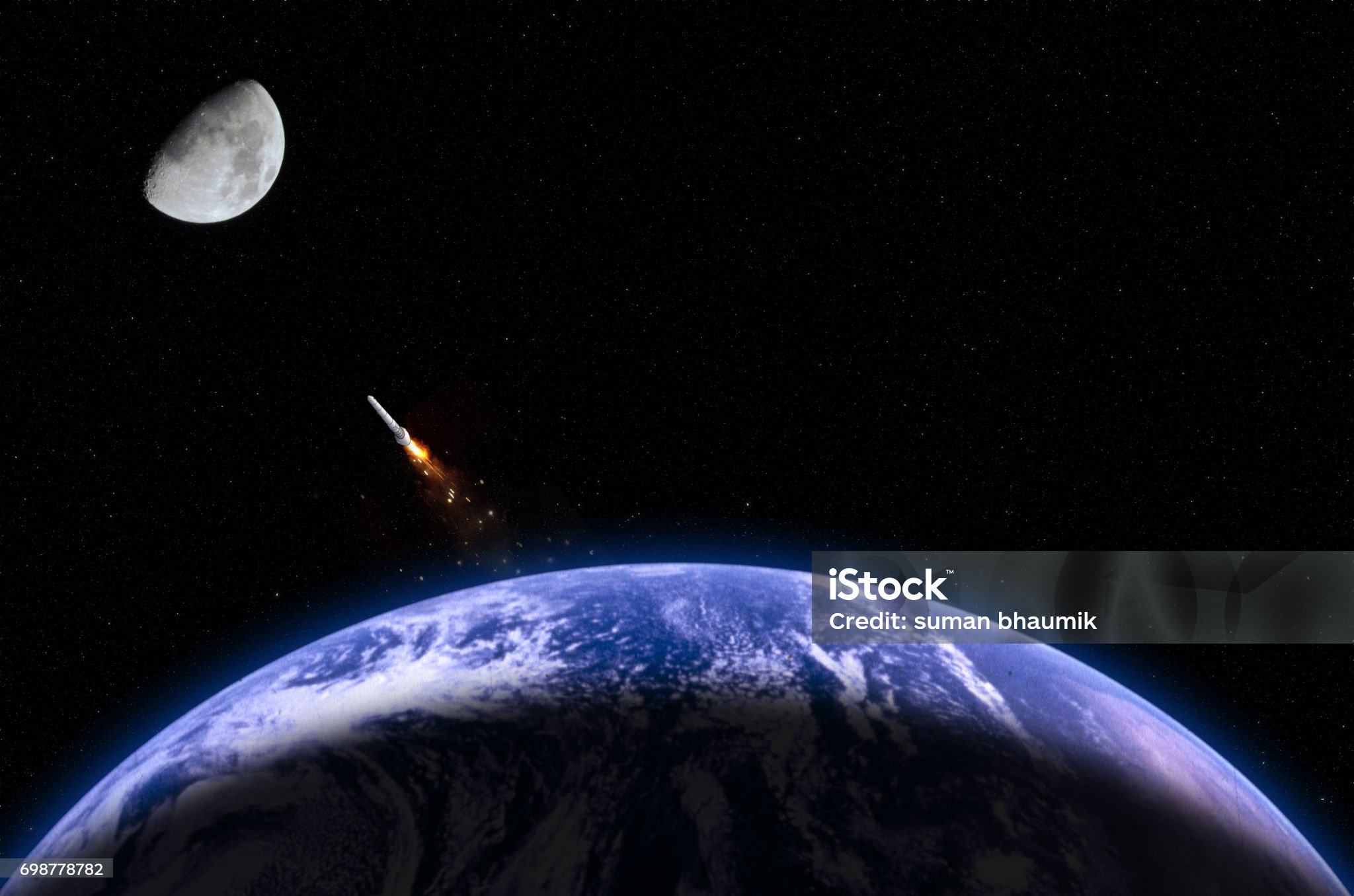Aditya L1. India’s first mission to study the sun, is inching closer to its destination, and would be injected into its final orbit on january 6 evening. The spacecraft, launched on September2, would get into what is known as a ‘halo orbit’ around the lagrange Point9l10, one of the five spots in the moving Sun-Earth system, where the gravitation effects of the two bodies roughly balance each other.
these five spots are relatively stationary to the Earth and Sun, and offer a somewhat stable lo- cation for a spacecraft to view the Sun. The L1 point is about 1.5 million kilometers from the Earth. This is just 1 per cent of the total distance between the Earth and Sun.
“Aditya L1 has already reached the L1 point and the ma- noeuvre (on January 6) will put it in the desired orbit. Without get ting into the orbit, the spacecraft will continue to travel towards the Sun,” an ISRO official said.
Though the L1, like the other Lagrange points, is a relatively stable position, it is difficult to keep the spacecraft firmly fixed at that location. It is much better
to get into an orbit around this point, called ‘halo orbit’. Moving into this three-dimensional or- bit also offers the spacecraft an opportunity to view the Sun from different angles.
“Aditya L1 will make it to a halo orbit around the L1 point. As the Earth moves around the Sun, the L1 point will also move. So does the halo orbit,” Annapurni Subramaniam, direc- tor, Indian Institute of Astrophysics, Bengaluru
Getting into this orbit is quite challenging, and it is the first time that ISRO is attempting such a manoeuvre.
